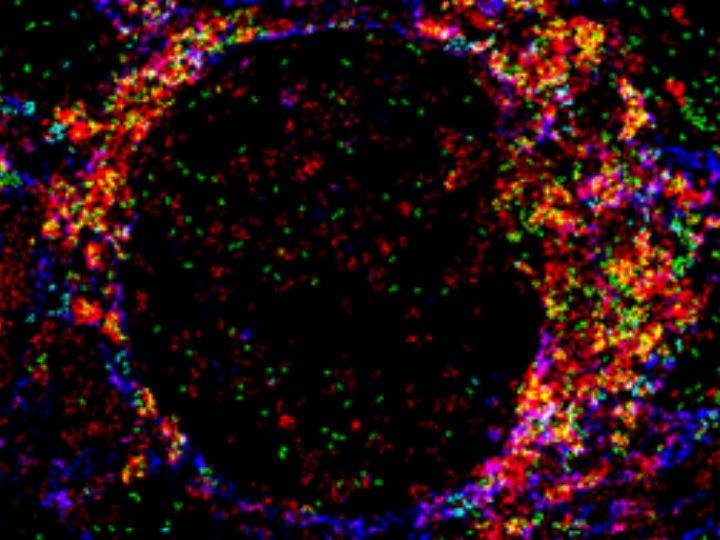2023-08-17 ニューサウスウェールズ大学(UNSW)
◆UNSWキャンベラの研究者は、高解像度の3D解体図を通じて、刺し針の針の特性や毒の送り込みに関与する多数の針の機能を明らかにした。
◆この研究により、自律的な送液メカニズムを理解することで、小規模で侵襲の少ない医療デバイスの開発が可能となる可能性が示唆されている。将来的に、薬物投与などでの活用が期待される。
<関連情報>
- https://newsroom.unsw.edu.au/news/science-tech/researchers-deconstruct-bee-stinger-help-develop-tiny-medical-devices
- https://www.cell.com/iscience/fulltext/S2589-0042(23)01180-X
ミツバチの働きバチの針(Apis mellifera)の機能と解剖学的構造 Functional anatomy of the worker honeybee stinger (Apis mellifera)
Fiorella Ramirez-Esquivel,Sridhar Ravi
iScience Published:June 23, 2023
DOI:https://doi.org/10.1016/j.isci.2023.107103

Highlights
•The honeybee stinger is a complex organ
•Micro-CT and SEM imaging permitted detailed description and measurements
•3D reconstructions clarify complex stinger geometries and spatial relationships
•Neural connectivity is described with particular emphasis on in situ appearance
Summary
The honeybee stinger is a powerful defense mechanism that combines painful venom, a subcutaneous delivery system, and the ability to autotomize. It is a complex organ and to function autonomously it must carry with it all the anatomical components required to operate. In this study, we combined high-speed filming, SEM imagery, and micro-CT for volumetric rendering of the stinger with a synthesis of existing literature. We present a comprehensive description of all components, including cuticular elements, musculature, nervous and glandular tissue using updated imagery. We draw from the Hymenoptera literature to make interspecific comparisons where relevant. The use of 3D reconstruction allows us to separate stinger components and present the first 3D renders of the bee stinger including the terminal abdominal ganglion and its projections. It also clarifies the in-situ geometry of the valves within the bulb and the spatial relationships among the accessory plates and accompanying musculature.


